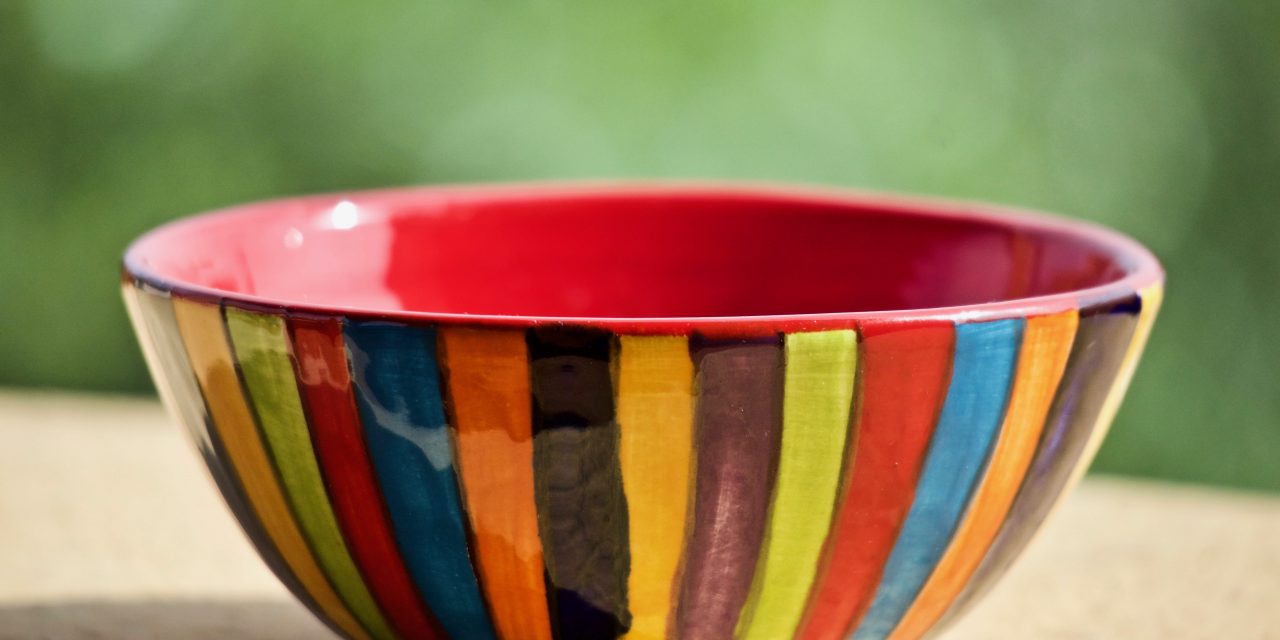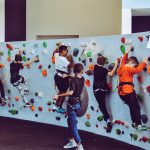Photo Accessed from Pxfuel.com
By Colin Belles
COVID-19 is still an issue that is keeping students away from schools and not allowing for large to be held but, that does not stop online classes. Ceramics is one of the classes that students can still take and excel at in an online environment. It requires some extra diligence and dedication but, with the help of the professor it is still possible. Skagit Valley College has done a good job about making sure that students are able to stay connected with their professor throughout the entire quarter. Canvas is the best tool for doing so allowing them to access all their assignments and get help from their peers too.
Ceramics 1 is “An introductory studio course that focuses on fundamental hand building and glazing techniques. Emphasis will be placed on discussion and analysis. Ceramics is a hands-on course where students will be working with clay to complete different assigned creations throughout the quarter. In ceramics 1 you will be working more with the clay by hand rather than using the clay wheel which is something that ceramics 2 students use.
Even through the pandemic, taking ceramics is a good learning opportunity for students. Allowing ceramics to be an online class lets students work on their own time at their own pace. This is a good thing for most, but for some it can be a bad thing. Students that can work well on their own without much instruction will thrive because it gives them ample opportunity to be as creative as they want with their pieces. It is a bad thing for those that have a hard time getting their work done on time since they do not have as much pressure while in class to get their work completed.
Chris Theiss tells students in an instructional video on the school’s visual arts homepage that students will be provided with all the materials that they will need at the beginning of the quarter. He says that “we set you up with all the tools, clay that you need at the beginning of the quarter, you get a tool kit, clay, and underglaze”. The first project that students will work on is a small sculpture, then move towards making small pinch pots where they will talk about pattern, decoration and how to finish the piece. He has scheduled dates and time when you would bring the project to the College and he will put it in the kiln. For projects with glaze the students would also schedule a day to come and pick up the glaze that they need. Another project that they work on is a cup that they will add glaze to and complete. At the end of the quarter students will work on a portrait sculpture. He says that students who have taken the class will go out of their way to tell him how much they enjoyed the class and how they really learned a lot.
The students will learn how to make these projects by watching the in-depth instructional videos that were uploaded to the Theiss’s YouTube channel. The videos describe everything that one would need to know about getting started, from their first project to their final project. Theiss says that during the quarter he has scheduled times where he meets with his students via zoom to help students further if, they have questions. If a student has any other questions just like a lot of other classes, they can schedule a zoom meeting.
Students who have enjoyed taking ceramics 1 also have an opportunity to move on to ceramics 2 which “focuses on throwing and advanced hand-building techniques. Emphasis is on discussion and analysis”. Ceramics 2 would also be available through online courses and the course would be taught online very similarly to ceramics 1.
There are a few things to remember when taking ceramics from home. When you pick up the clay from the college and whenever someone is working with the clay it is important to remember to keep it in a place where it will not dry out. To keep it from drying out it is a good idea to keep it wrapped in plastic. Students will have to make sure they have enough room to work and create a space that makes for easy cleanup. They will also be required to have a good space for the clay to dry without it being in danger of getting destroyed.
Ceramics is particularly useful, they have an increased resistance to shocks and scratches, they are easy to clean and common household chemicals will cause no harm, they are solid and durable only after they have been through the kiln, and they are also chemically resistant. This means that students who keep their pieces will have them for a long time and be able to use them for a variety of things.






